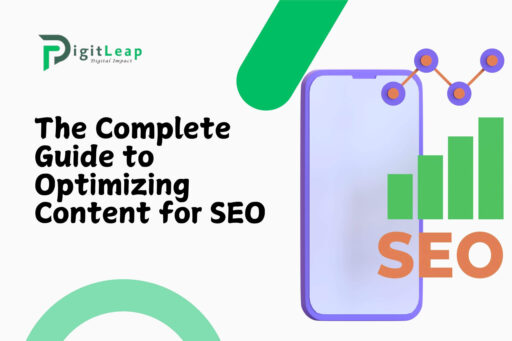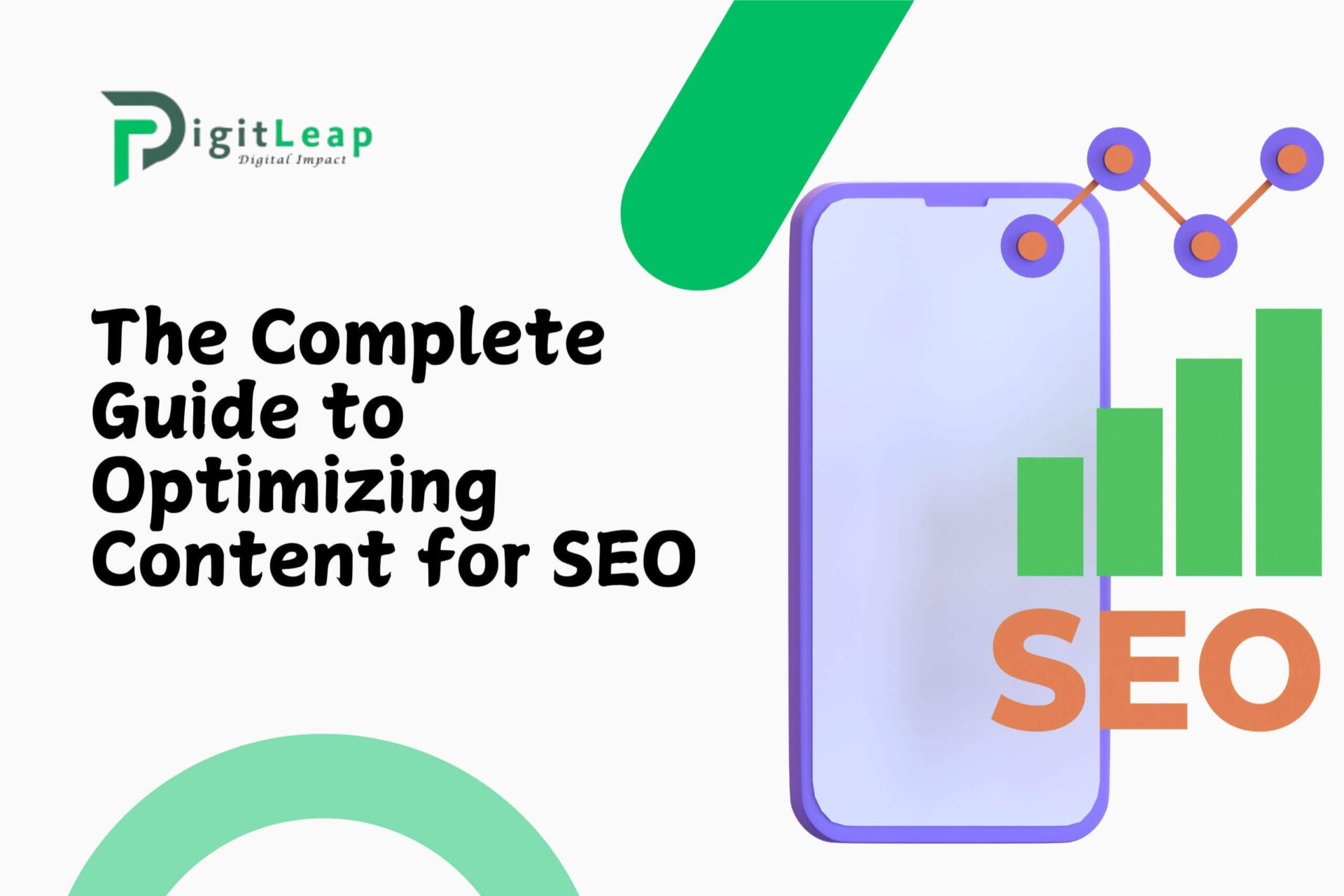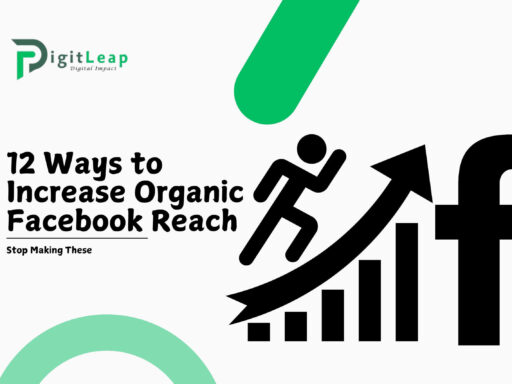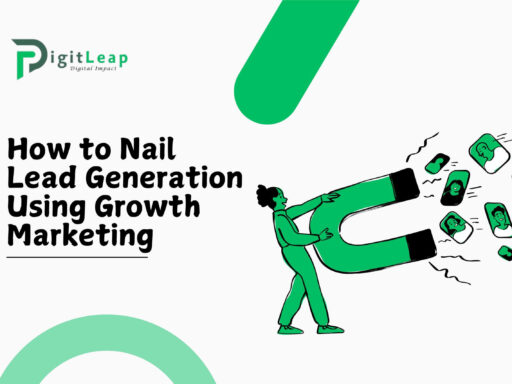The Complete Guide to Optimizing Content for SEO
In the crowded digital space, having high-quality content isn’t always enough. To get your content seen by your target audience, it needs to be optimized for search engines, ensuring it ranks well on platforms like Google. SEO, or Search Engine Optimization, is the practice of refining your content to meet search engine criteria, making it more discoverable to users. Let’s break down the essential steps to optimize content for SEO, from choosing the right keywords to creating engaging, well-structured pieces that both search engines and readers love.
1. Start with Keyword Research
Keywords are the foundation of SEO, and finding the right ones can make all the difference. Start by identifying the main topics your audience cares about, then look up keywords associated with those topics using tools like Google Keyword Planner, Ahrefs, or SEMrush. Aim for a mix of high-volume, competitive keywords and “long-tail” keywords—specific phrases that have lower search volumes but are highly relevant.
- Primary Keywords: Focus on a main keyword that represents the core of your content.
- Secondary Keywords: Include related keywords to give your content a natural flow and help it appear in more searches.
- Long-Tail Keywords: These phrases can capture niche searches and are often less competitive.
Using a variety of keywords makes your content relevant to a broader range of searches, increasing the likelihood that people will find your page.
2. Create High-Quality, Engaging Content
Search engines prioritize content that provides value to readers. This means that simply stuffing keywords won’t work; your content must be informative, interesting, and well-written. Aim to answer common questions, solve problems, or provide unique insights that aren’t easily found elsewhere. Quality content tends to get shared, linked to, and appreciated by both users and search engines.
- Write for Readers First: Keep the language simple, direct, and engaging.
- Add Value: Offer useful information, resources, or actionable tips.
- Stay Relevant: Make sure each paragraph ties back to the main topic, maintaining a clear focus throughout.
Creating genuinely valuable content is the best long-term strategy to improve rankings and build trust with your audience.
3. Use Headings to Structure Your Content
Organizing content with headings (H1, H2, H3) is crucial for readability and SEO. Clear headings help readers navigate your page and signal to search engines what each section is about. Use an H1 tag for the main title, H2 tags for main sections, and H3 for sub-sections within those.
- Descriptive Headings: Make sure each heading accurately reflects the content within that section.
- Keyword Placement: Naturally include keywords in headings where they fit.
- Readable Structure: Break down long sections to improve readability and keep users engaged.
Headings aren’t just for aesthetics; they give your content structure and hierarchy, which search engines use to understand the context and relevance of your page.
4. Optimize Meta Titles and Descriptions
The meta title and description are what users see on search engine results pages (SERPs). An effective meta title is concise, includes the primary keyword, and captures the main idea of the page. The description, meanwhile, provides a brief overview of what the content offers, ideally encouraging users to click through.
- Compelling Meta Titles: Keep them around 60 characters, include keywords, and make them enticing.
- Clear Descriptions: Use about 155–160 characters to summarize the content and include keywords naturally.
- Call to Action (CTA): Phrases like “Learn more,” “Find out how,” or “Get tips” can increase click-through rates (CTR).
Well-crafted meta titles and descriptions improve your page’s visibility and help attract more clicks, boosting your SEO performance.
5. Optimize Images with Alt Text and File Names
Images add value and engagement to your content, but they need to be optimized for SEO. Adding “alt text” helps search engines understand what an image is about and provides accessibility for visually impaired users. Additionally, image file names should be descriptive and include keywords where appropriate.
- Descriptive Alt Text: Summarize the image’s content and add relevant keywords.
- File Names: Name your image files with descriptive titles (e.g., “content-optimization-tips.jpg”).
- Image Compression: Compress images to improve loading speed without compromising quality.
Optimized images improve page performance, which is an important ranking factor. They also help your images show up in image search results, expanding your reach.
6. Use Internal and External Links
Links help both users and search engines navigate your website. Internal links (links to other pages on your site) keep users engaged longer, guiding them to related topics. External links (links to reputable sources) add credibility to your content and signal to search engines that you’ve done your research.
- Internal Links: Guide readers to relevant content on your site, helping them find additional information and keep exploring.
- External Links: Link to high-quality, reputable sources to support your content and improve its authority.
- Anchor Text: Use descriptive anchor text (the clickable text of a link) that naturally incorporates keywords.
Linking improves SEO by enhancing user experience and demonstrating that your content is well-researched and interconnected with related pages.
7. Improve Page Load Speed
Page speed is a ranking factor for Google and greatly affects user experience. A slow-loading page can frustrate visitors, leading them to leave before even reading your content. Tools like Google PageSpeed Insights can help you identify speed issues and optimize accordingly.
- Image Compression: Use compressed images to reduce loading time.
- Minimize HTTP Requests: Limit the number of requests to improve speed.
- Use a Content Delivery Network (CDN): CDNs can improve load times for visitors by serving content from a location close to the user.
Faster loading times lead to better engagement and can significantly improve search rankings.
8. Focus on Mobile Optimization
With mobile users making up a large portion of web traffic, having mobile-friendly content is essential. Google also uses mobile-first indexing, meaning it primarily considers the mobile version of a page for ranking purposes. Ensuring your content looks and functions well on mobile can improve both SEO and user experience.
- Responsive Design: Use a design that adapts to various screen sizes.
- Readable Fonts and Layout: Make sure text and images are clear and easy to interact with on mobile.
- Fast Mobile Load Speed: Optimize loading times specifically for mobile users.
A mobile-friendly site keeps visitors engaged and reduces bounce rates, both of which benefit SEO.
9. Update and Refresh Content Regularly
Search engines and readers alike appreciate fresh content. Regularly updating your existing content helps keep it relevant, accurate, and aligned with current trends. Adding new information, updating statistics, or improving readability can breathe new life into old posts.
- Review for Relevance: Ensure the information is still accurate and aligns with current best practices.
- Add New Sections: Expand on topics or add the latest data to enhance value.
- Refresh Keywords: If keyword trends have shifted, consider updating your focus keywords.
Updated content signals to search engines that your site is active and provides up-to-date information, which can improve rankings.
10. Analyze and Adjust with SEO Tools
Optimization is an ongoing process, and regularly analyzing your performance helps refine your approach. Tools like Google Analytics and Google Search Console provide valuable data on traffic, user behavior, and keyword performance, showing where adjustments may be necessary.
- Track Page Performance: Identify high-traffic pages and see what’s driving their success.
- Monitor Keyword Rankings: Check if your keywords are improving in ranking over time.
- Adjust Based on Insights: Use data to make informed decisions and continuously improve your strategy.
SEO isn’t a one-time effort; by monitoring results and adjusting, you can keep improving and maintaining strong performance.
Conclusion
Optimizing content for SEO is all about creating a seamless experience for both users and search engines. From keyword research and high-quality content to mobile optimization and ongoing updates, every step contributes to a stronger digital presence. Remember, SEO is not just about visibility; it’s about relevance, authority, and delivering value to your audience.
At Digit Leap, we specialize in helping brands craft and optimize content that ranks, resonates, and drives results. Ready to elevate your digital strategy? Let Digit Leap guide you through the intricacies of SEO and position your brand where it belongs—at the top of the search results.






